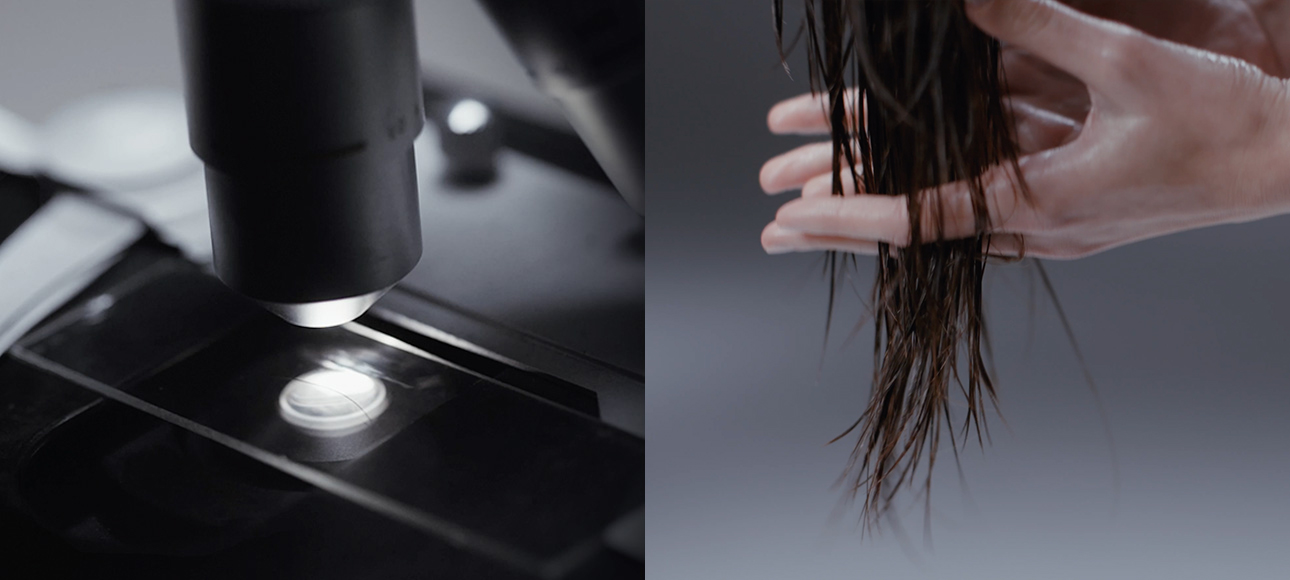
Temporary, or permanent, in patches, along the hairline, or down the centre - there are countless ways hair loss can present.
But understanding the different forms of hair loss means you’ll be able to notice early warning signs and have a better chance of treating your alopecia.
The term alopecia can sound pretty scary, but in actual fact, any form of hair loss that falls outside of the normal 50-100 strands we normally lose per day, is classed as alopecia. According to the British National Health Service around 56 million people around the world are dealing with this condition. It’s an issue that is not always fully understood, can be triggered by a number of different conditions, and can be hard to treat. Not to mention losing our crowning glories can have a major effect on our mental health, which more often than not, has far reaching consequences.
So, we asked 212.2 founder, Ricardo Vila Nova, to talk us through the three most common forms of alopecia and how best to treat them…
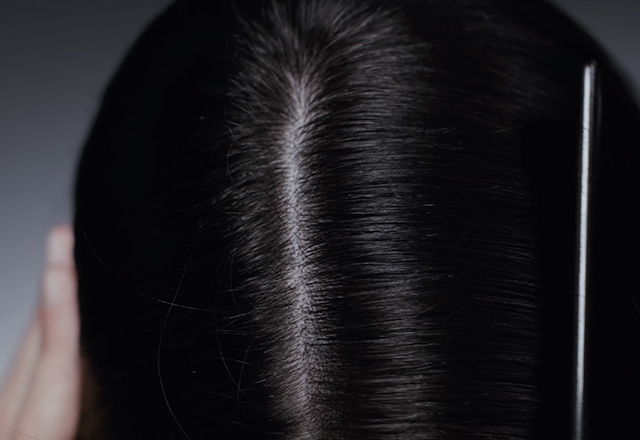
1. Androgenic Alopecia
“The classic hall signs of androgenic alopecia in men are thinning above the temples, the hairline receding into an M-shape, and noticeable hair loss at the top of the head. While in women this form of alopecia starts with thinning along the centre parting, followed by diffuse thinning all over the head.
This hair thinning, aka miniaturisation, is triggered by a hormone called dihydrotestosterone (DHT) and leads to a change in the types of hairs our follicles produce. Instead of thick healthy hairs, the follicle creates thin, weak strands that fall out easily.
To treat this form of hair loss blocking the production of DHT is key, and since it’s triggered by an enzyme called 5-alpha reductase, the best way to stop testosterone being converted into DHT is to block this enzyme. Cue, oral prescription medication finasteride, which does exactly that. However, it’s not advised to be taken by women, so instead doctors generally prescribe anti-androgens. These can block androgen receptors, reduce adrenal androgen production, ovarian androgen production, and inhibit that pesky 5-alpha reductase enzyme.
Medication is just one tool in our toolbox as hair doctors. Studies have shown that the treatments we offer at 212.2 Ricardo Vila Nova Hair Doctors, namely PRP and exosome therapy can help stimulate hair growth, and boost density.”
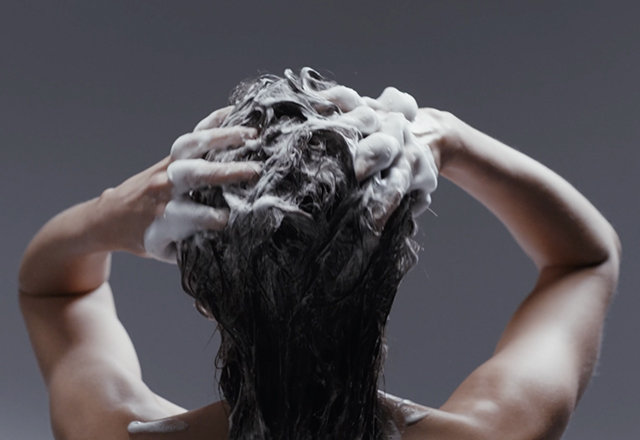
2. Telogen Effluvium
“To understand this condition, it’s important to know about the natural growth cycle of our hair. Made up of four phases anagen (growth phase), catagen (transition phase), telogen (resting phase), and exogen (shedding phase), telogen effluvium (TE) is characterised by large numbers of hair follicles entering their resting phase all at the same time, and then not entering the growth phase. This results in hair loss all over the scalp.
It’s incredibly common post pregnancy, as during the gestation period a large number of hairs remain in the anagen phase, and then as hormone levels fall these hairs will start to shed around three to six months post birth. This form of TE is dubbed acute as the hair cycle generally resumes as normal. However, TE can also be a chronic condition that isn’t that well understood but is largely thought to be triggered by physical, psychological, or emotional stress.
Hair friendly active-packed treatments and our personalised Active Fusions at-home haircare can help support a healthy growth cycle, as can light therapy and injectable treatments. It’s also worth undergoing a Hair DNA Scan to look for dietary deficiencies such as low protein, iron, zinc and vitamin D – all of which are important for healthy hair growth.”
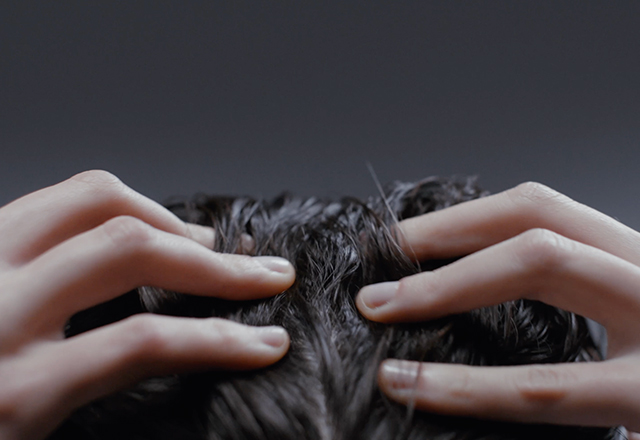
3. Traction Alopecia
“I totally understand that the ability to style ones hair and create gorgeous looks, or simply get your hair out of your face for a few hours is one of life’s joys and necessities. However, if you’re choosing to sport tight hair styles on a regular basis this can lead to traction alopecia.
A condition that’s often thought to exclusively befall those with curly and afro-textured hair, but this is not the case. Yes, due to cultural hair styling practices and the fact that curly, textured tresses are drier and more fragile in nature, traction alopecia is generally more prevalent in these curly communities. However, if you’re creating tension on a regular basis by way of tight ponytails, regular blow-dries that consist of lots of pulling on the hair, buns, locs, hair extensions (that are heavy or worn for too long), braids, weaves, wigs, tight head wraps, and even some hijab style, traction alopecia could befall you too. Especially if you have fine and/or chemically treated hair.
The good news is that traction alopecia can – if caught early – be stopped in its tracks. In-clinic treatments like vitamin injections, PRP, exosome therapy, microneedling, light therapy, and treatment masks can all make a big impact and coax hair back to life. However, if you ignore the signs and persist with tight styles, then this can lead to permanent damage to your hair follicles causing scarring alopecia, meaning the hair lost will never grow back. In this case, hair transplant surgery – where stem cells or hairs follicles from the back of your head are implanted into areas of hair loss to restore your barnet – is your best option.
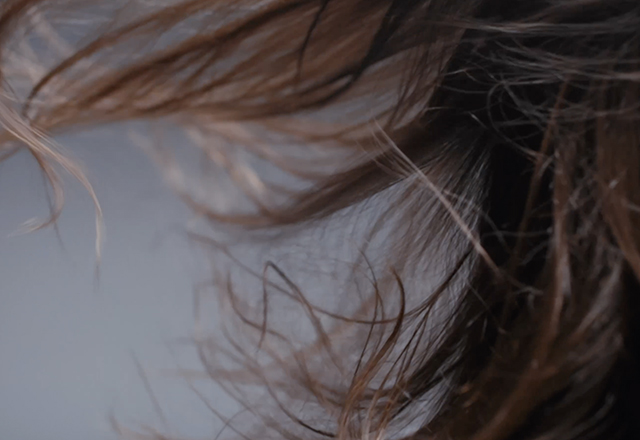
To learn more about alopecia and how we can help with treatments please contact us.


